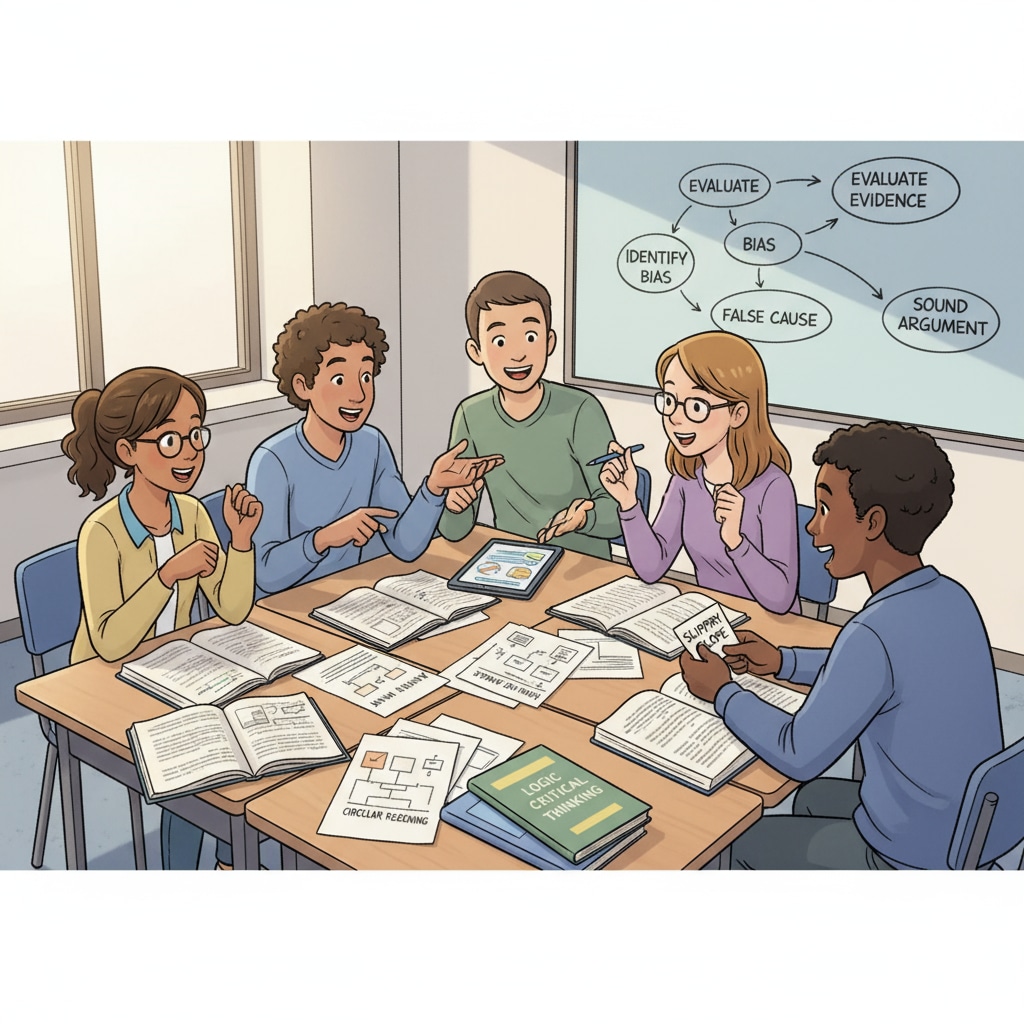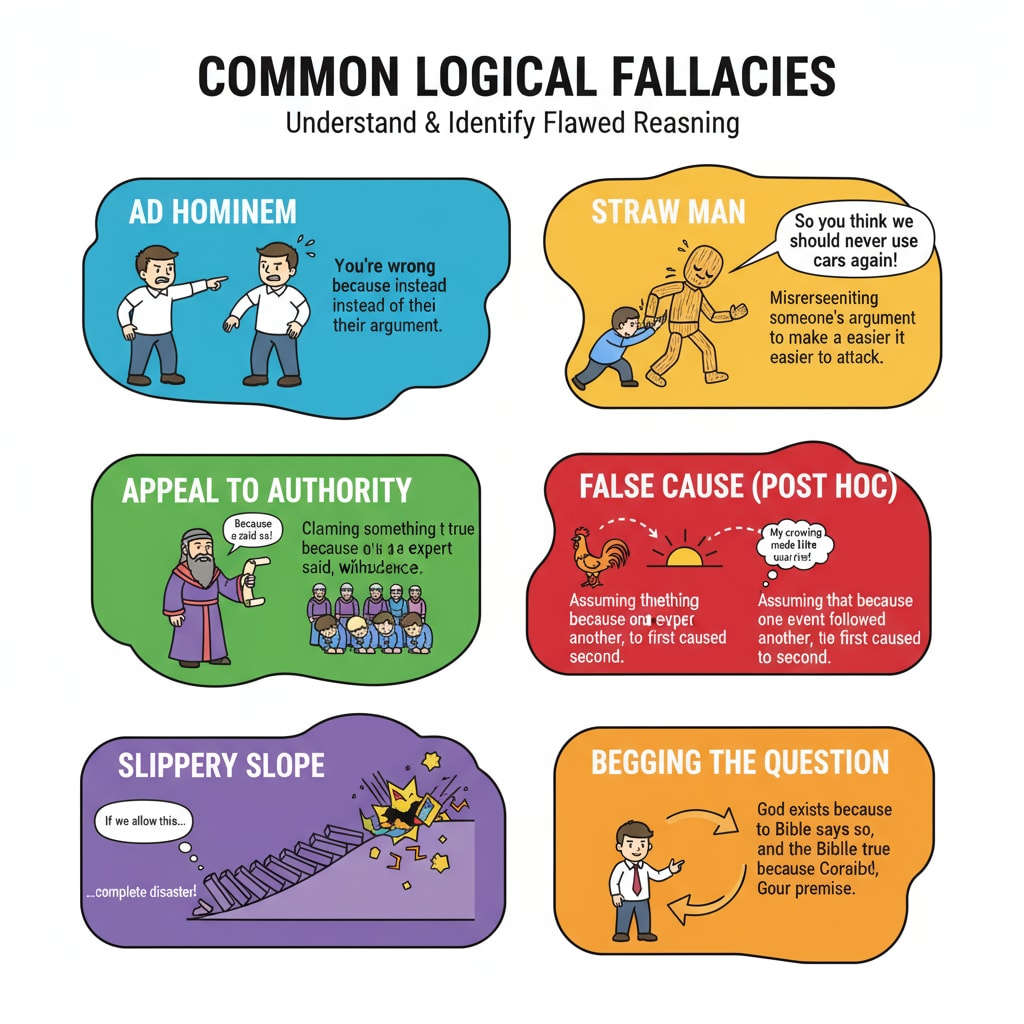In an age of information explosion and opinion polarization, the concepts of logical fallacies, critical thinking, and propaganda detection have become more crucial than ever, especially in high school education. As students are bombarded with a vast amount of information from various sources, being able to distinguish between sound reasoning and fallacious arguments is an essential skill.

This article delves into the necessity of introducing logic fallacy education in high school and its significant social value.
The Prevalence of Logical Fallacies in the Information Age
In today’s digital world, misinformation spreads like wildfire. Logical fallacies are often used to manipulate people’s opinions and beliefs. For example, the ad hominem fallacy, where instead of attacking an argument, one attacks the person making it, is commonly seen in online debates. According to Wikipedia’s page on logical fallacies, there are numerous types of fallacies that can mislead individuals. Recognizing these fallacies is the first step in developing critical thinking skills.

Cultivating Critical Thinking through Logic Fallacy Education
Logic fallacy education in high school serves as a foundation for developing critical thinking. When students learn about fallacies such as the straw man fallacy (misrepresenting an opponent’s argument to make it easier to attack), they start to analyze arguments more deeply. This helps them question assumptions and evaluate evidence. As a result, they become more discerning consumers of information. Britannica’s entry on critical thinking emphasizes the role of such education in enhancing mental faculties.
Moreover, by understanding logical fallacies, students can construct more robust arguments themselves. They learn to avoid common pitfalls and present their ideas in a more coherent and logical manner. This not only benefits their academic performance but also prepares them for future endeavors, whether in college or the workplace.
Readability guidance: In this section, we have presented the connection between logical fallacy education and critical thinking. We used short paragraphs to make the content more digestible and included external links for further reference. The images help to visually represent the concepts discussed.


